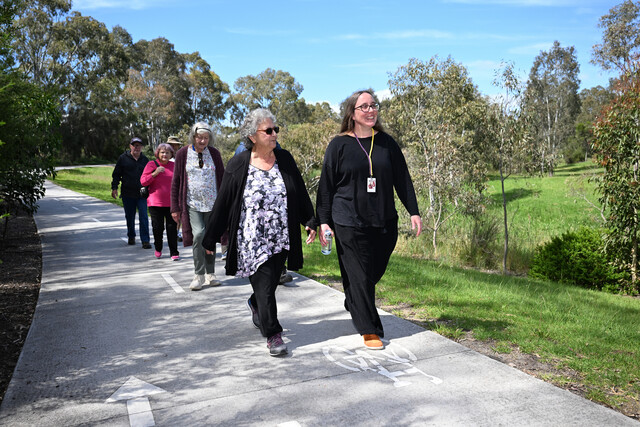By Rod Easdown
Outdoor speakers are finally getting clever. It used to be they were ugly things that were mounted under the eaves or ugly things that sat in the garden like giant mushrooms. Some were even made to look like rocks, an appearance so obviously fake it was laughable. I’ve never come across an outdoor speaker disguised as a garden gnome but I’d be willing to bet someone’s made one.
Now outdoor speakers are getting small enough – and tough enough – to hide among the plants. They’re weatherproof, UV-resistant, sprinkler-proof, spider-proof and will even take some pretty hard knocks. And if you don’t feel like hiding them, they’re interesting enough to sit in the fork of your lemon tree, proudly on display. Who knows, the lemons might even be juicier with all those good but subtle vibrations happening.
Sonance is a well-known speaker maker that’s been around since 1981 and it has developed an outdoor speaker system that can keep you and your neighbours happy. But note that word system; these are not speakers you buy individually, this is an integrated package of eight small satellite speakers and a tubular subwoofer that is buried, with only the topmost part visible.
The idea is to mount the eight satellite speakers around the perimeter of the garden, facing inwards. They are on spikes and have a speaker housing about the size of a drink can that contains a single full-range driver.
Sonance suggests 1.8 to 2.4 metres between each one, with the subwoofer approximately in the middle. This way you cover an area of 180 square metres, indicating a medium to large garden.
The attraction here is that the speakers all face inwards, towards where the people are, so it minimises impact on the neighbours. It also means an even spread of music across the whole outdoor area, without hot spots where it’s too loud and dead spots where the music struggles to be heard.
The satellite speakers can also be mounted on walls or in trees if necessary, making the system flexible.
While the satellites can be set up for stereo with individual left and right channels, the recommended positioning of alternate left and right speakers suggests a result that would give an overall mono sound. This can obviously be changed by the installer if true stereo is needed but I doubt that many folk would be much worried in such an outdoor setting.
The company has made a four-minute installation video that is easy enough for anyone who knows their hi-fi but, if you need help, any installer could do the job quickly and easily.
And it’s user-friendly. All the speakers have an eight-ohm resistance, which means the system connects straight into the vast bulk of stereo amplifiers and receivers, taking up just one right and left speaker output.






